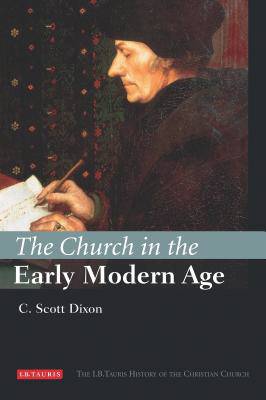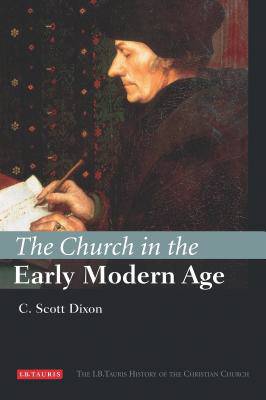
- Afhalen na 1 uur in een winkel met voorraad
- Gratis thuislevering in België vanaf € 30
- Ruim aanbod met 7 miljoen producten
- Afhalen na 1 uur in een winkel met voorraad
- Gratis thuislevering in België vanaf € 30
- Ruim aanbod met 7 miljoen producten
Zoeken
Omschrijving
The years 1450-1650 were a momentous period for the development of Christianity. They witnessed the age of Reformation and Counter-Reformation: perhaps the most important era for the shaping of the faith since its foundation. C Scott Dixon explores how the ideas that went into the making of early modern Christianity re-oriented the Church to such an extent that they gave rise to new versions of the religion. He shows how the varieties and ambivalences of late medieval theology were now replaced by dogmatic certainties, where the institutions of Christian churches became more effective and 'modern', staffed by well-trained clergy. Tracing these changes from the fall of Constantinople to the end of the Thirty Years' War, and treating the High Renaissance and the Reformation as part of the same overall narrative, the author offers an integrated approach to widely different national, social and cultural histories. Moving beyond Protestant and Catholic conflicts, he contrasts Western Christianity with Eastern Orthodoxy, and examines the Church's response to fears of Ottoman domination.
Specificaties
Betrokkenen
- Auteur(s):
- Uitgeverij:
Inhoud
- Aantal bladzijden:
- 272
- Taal:
- Engels
- Reeks:
Eigenschappen
- Productcode (EAN):
- 9781845114398
- Verschijningsdatum:
- 30/05/2016
- Uitvoering:
- Hardcover
- Formaat:
- Genaaid
- Afmetingen:
- 157 mm x 236 mm
- Gewicht:
- 598 g

Alleen bij Standaard Boekhandel
+ 230 punten op je klantenkaart van Standaard Boekhandel
Beoordelingen
We publiceren alleen reviews die voldoen aan de voorwaarden voor reviews. Bekijk onze voorwaarden voor reviews.











